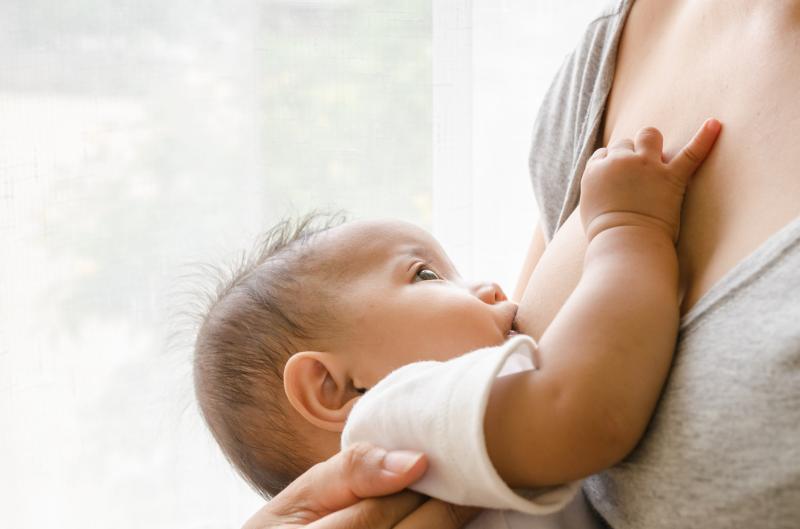
Exclusive breastfeeding (EB) for the first 6 months after birth appears to reduce pacifier-sucking behaviours at 12 months of life, a recent study has found.
Researchers enrolled 1,307 infants who were followed up to 12 months of life. Breastfeeding patterns were assessed 4 and 6 months after birth. Infants were categorized into four breastfeeding types: exclusive, predominant, complementary or none. The effect of breastfeeding type on pacifier behaviours was the primary outcome.
Of the participants, majority did not use pacifiers at 12 months (n=590; 51.5 percent male); the remaining 447 did (54.1 percent male). Using month 4 observations, researchers found that infants who had been complementarily breastfed or who had not been breastfed at all were more likely to exhibit pacifier-sucking behaviours at 12 months.
The same was true for children whose breastfeeding patterns were observed at 6 months. In comparison, exclusive and predominant breastfeeding seemed to attenuate the need for pacifiers.
Logistic regression analysis found that no (adjusted relative risk [RR], 2.67, 95 percent confidence interval [CI], 2.24–3.17) and complementary (adjusted RR, 1.68, 95 percent CI, 1.39–2.02) breastfeeding for the first 4 months of life were significant risk factors for pacifier behaviours at 12 months. Risk estimates were calculated in comparison to EB.
Similarly, no (adjusted RR, 3.30, 95 percent CI, 2.40–4.54) and complementary (adjusted RR, 1.43, 95 percent CI, 1.03–2.00) breastfeeding during the first 6 months of life correlated significantly with a higher likelihood of pacifier use after 12 months.